The other day, my son looked up from his homework and asked me, completely out of the blue:
“Mom, what foods start with the letter U?”
And I… drew a complete blank. Not one came to mind. I’m a food blogger! Food is my thing! I can tell you a dozen ways to roast a chicken, but apparently, I can’t name a single “U” food on the spot.
Later that night, I grabbed my laptop (and a cup of tea) and started searching. The first few results were… confusing. Half the foods I’d never heard of, some I couldn’t pronounce, and a few looked like they belonged in a science experiment!
So this post is for all of us — parents, food lovers, trivia nerds, and curious kids. I’ve researched and written about 25 foods that start with the letter U, and I’ve included everything you’d need to bring them to life.
Each Recipe has the Following Information
- What they taste like and where they come from
- How they’re traditionally eaten
- A texture comparison (so you can imagine it even if you’ve never tried it)
- Recipe containing the food item
- A photo of the Food that starts with U
I’ve split them into four categories: Spices & Herbs, Starches, Veggies & Fruits, Meats & Proteins, and Dishes & Desserts. Along the way, I’ve added fun facts, cultural stories, and easy swaps so even if you can’t find an Andean tuber at your local supermarket, you’ll still enjoy the read.
Let’s dig in — because this list is full of surprises.
Spices & Herbs
1) Urfa Biber (Turkish Chili Flakes)
If your chili flakes are dry, sharp, and one-note, Urfa biber is like their sophisticated cousin who’s been traveling Europe. This deep burgundy pepper comes from the Urfa region of Turkey and is prized for its complex, smoky-sweet flavor. Farmers dry the peppers in the sun, then wrap them at night to “sweat,” which gives them a moist, slightly oily texture. The result is a flake that’s soft, raisin-like, and bursting with flavor notes of chocolate, wine, and smoke.
In Turkey, Urfa biber is sprinkled over kebabs, tossed into soups, or used to flavor yogurt sauces. It’s a pantry upgrade that instantly makes you feel like a pro chef.
Texture comparison: Soft and pliable, like dried fruit pieces ground into spice form.
Recipe link: Turkish Poached Eggs with Urfa Biber
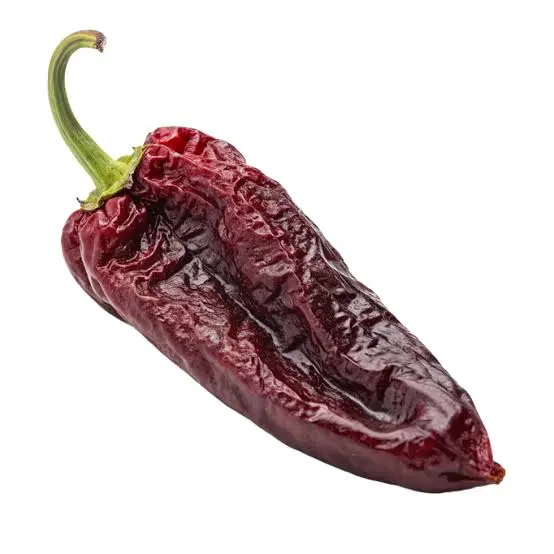
2) Uziza Leaves (Nigeria)
Uziza is a hero of Nigerian cooking. Both the seeds and leaves are used: the seeds have a pungent, peppercorn-like spice, while the leaves are fresh, herbal, and slightly bitter. Uziza is a must in dishes like Nsala (white soup), fish stews, and pepper soup, and it’s also believed to have medicinal properties.
Shopping tip: If you’re outside West Africa, check African grocery stores or online spice retailers for dried uziza leaves or seeds.
Texture comparison: Fresh leaves are glossy and leathery, similar to bay leaves but edible; dried seeds are like coarse peppercorns.
Recipe link: Recipes wih Uziza Leaves
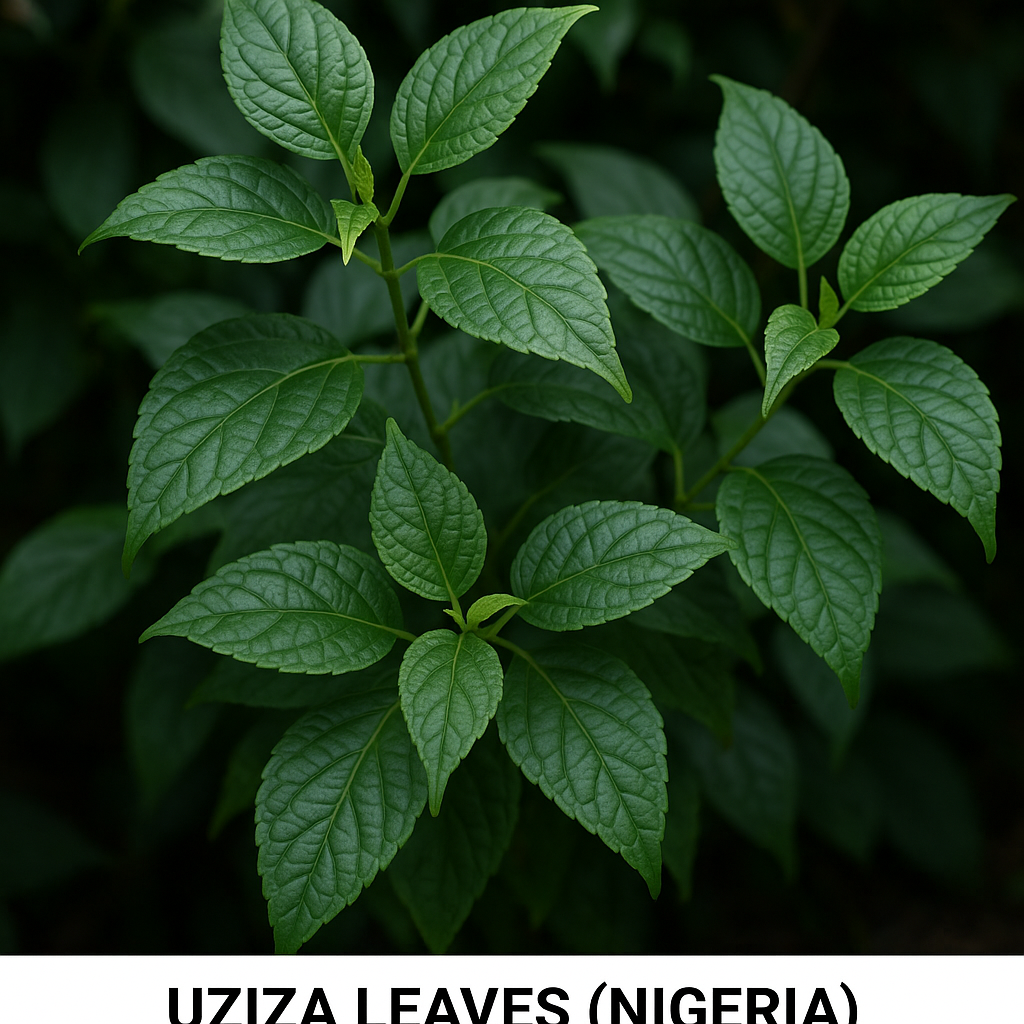
3) Upland Cress
This peppery green is watercress’s heartier cousin. It grows well in soil (not water), making it easier to cultivate and find. Its mustardy bite brightens salads, soups, and sandwiches, and it’s packed with nutrients like vitamin K and antioxidants. I love it as a basil substitute in pesto for a peppery twist.
Fun fact: Thomas Jefferson grew cress in his Monticello garden — it’s been popular for centuries.
Texture comparison: Tender leaves with crisp stems, like arugula crossed with baby spinach.
Recipe link: Upland Cress Salad
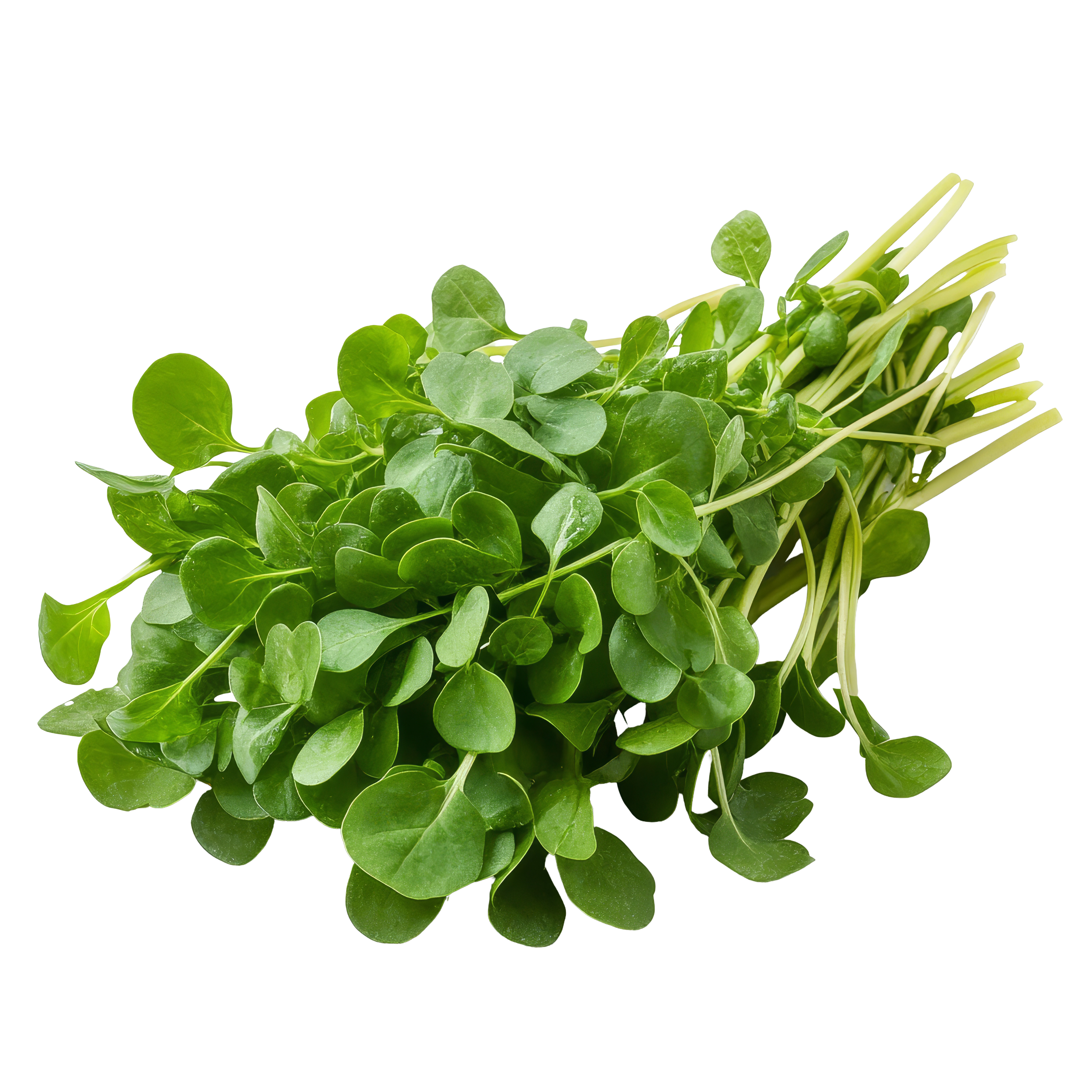
Starches, Veggies & Fruits
4) Ube (Philippine Purple Yam)
Ube is pure joy in tuber form. Native to the Philippines, this yam is naturally bright purple and has a sweet, nutty, vanilla-like flavor. It’s often boiled, mashed, and turned into ube halaya (a jam), then swirled into ice cream, cakes, or bread. Ube desserts are iconic at Filipino fiestas — if you’ve seen purple desserts trending online, it was probably ube.
Texture comparison: Like pumpkin meets sweet potato — starchy but creamy.
Recipe link: Homemade Ube Halaya
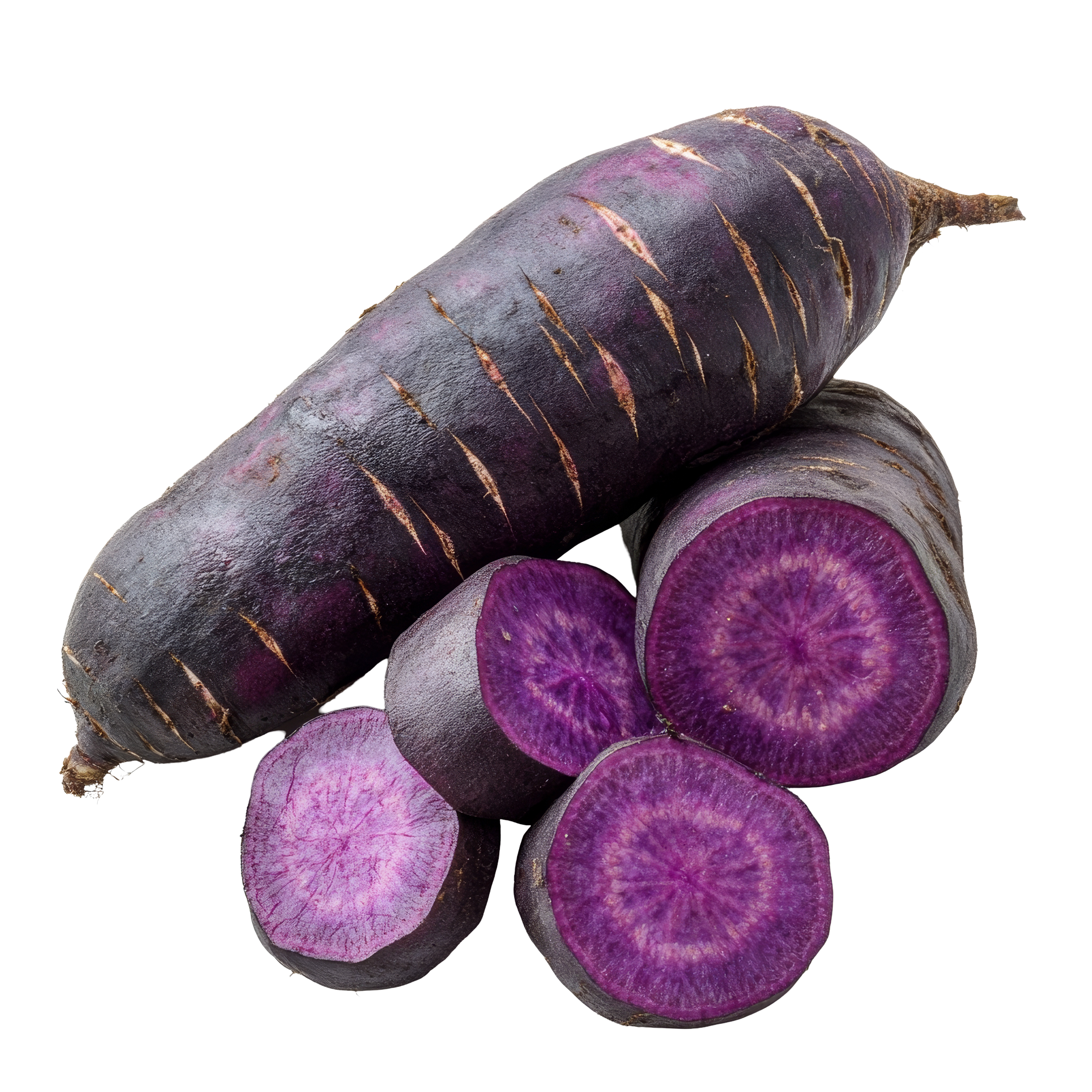
5) Ulluco (Andean Tuber)
Meet ulluco, one of the Andean “lost crops” of the Incas. These jewel-toned tubers come in pink, yellow, and speckled varieties, with a waxy, juicy flesh. In Peru and Bolivia, they’re used in stews like olluquito con carne. Ulluco is high in protein for a tuber and stores well, making it a traditional staple in high-altitude regions.
Texture comparison: Similar to waxy potatoes like Yukon Golds, but with a juicy bite.
Recipe link: Olluquito con Carne
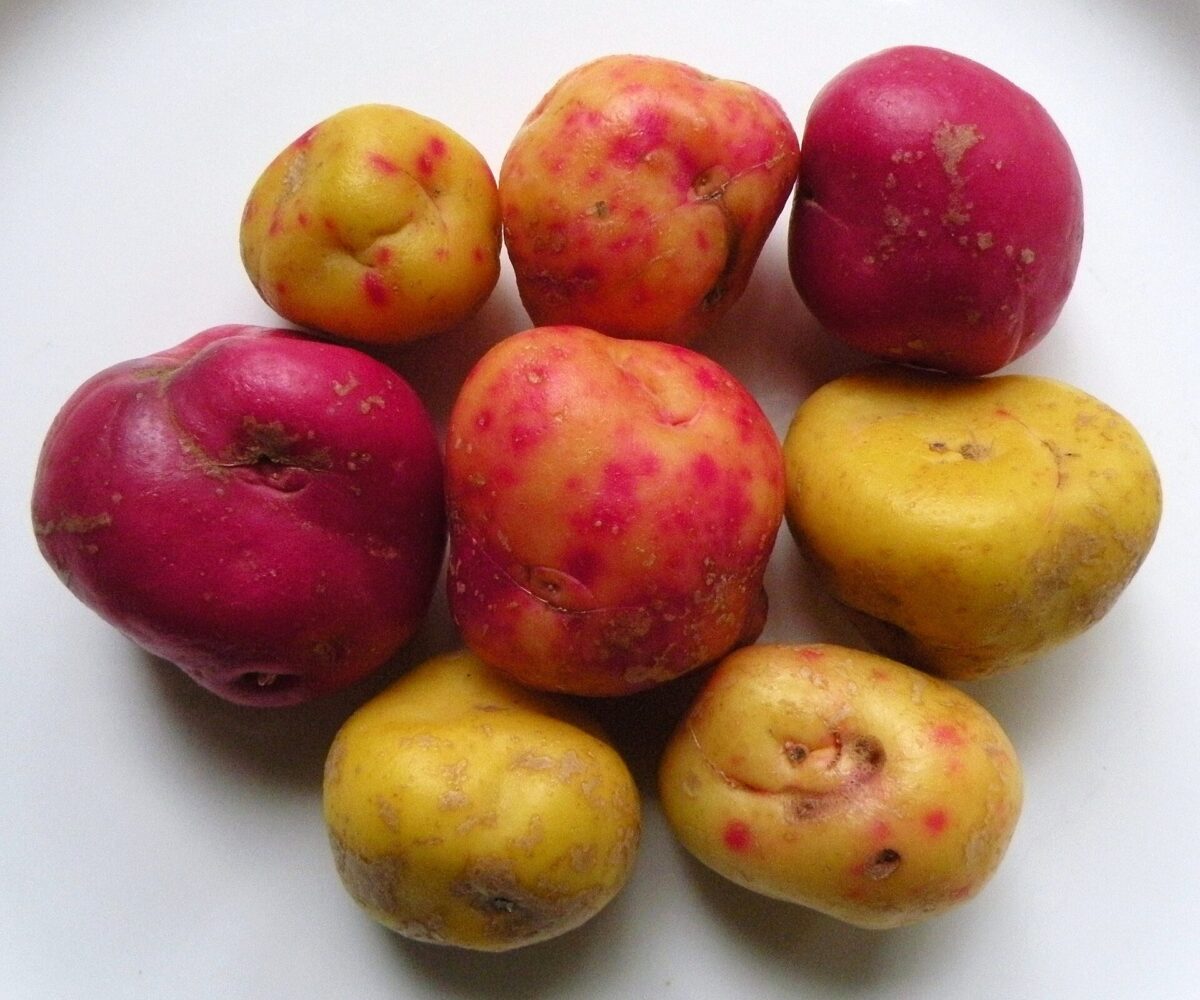
6) Ugli Fruit (Jamaican Tangelo)
Don’t judge a fruit by its name! Ugli fruit is a citrus hybrid (grapefruit + tangerine + orange) with a rough, wrinkled rind but incredibly sweet, tangy flesh. It’s easy to peel, making it a great snack, and its juice is perfect in salad dressings or cocktails.
Texture comparison: Juicy, easy-to-separate segments, like a tangerine but larger.
Recipe link: Ugli Fruit Salad
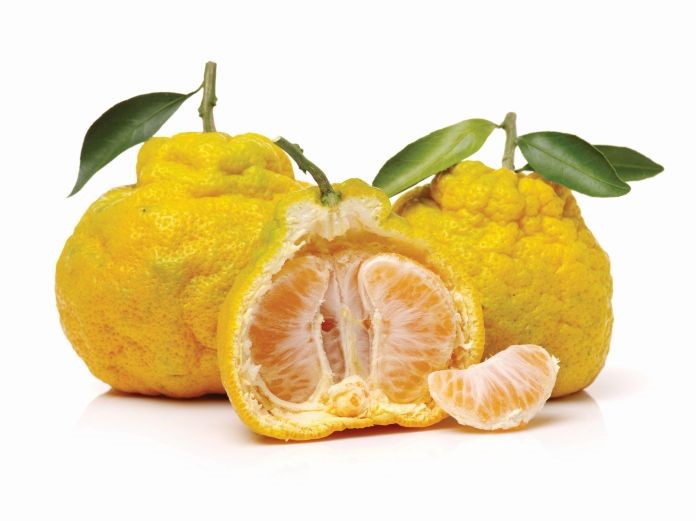
7) Umbu Fruit (Brazil)
Umbu, nicknamed “the tree that gives drink,” grows in Brazil’s dry northeast. The fruit is small, tart, and juicy — perfect for jams, sorbets, and umbuzada, a creamy fruit shake. Farmers often preserve umbu in syrups to enjoy year-round.
Texture comparison: Thin-skinned and juicy, like gooseberries
Recipe link: Doce de Umbu
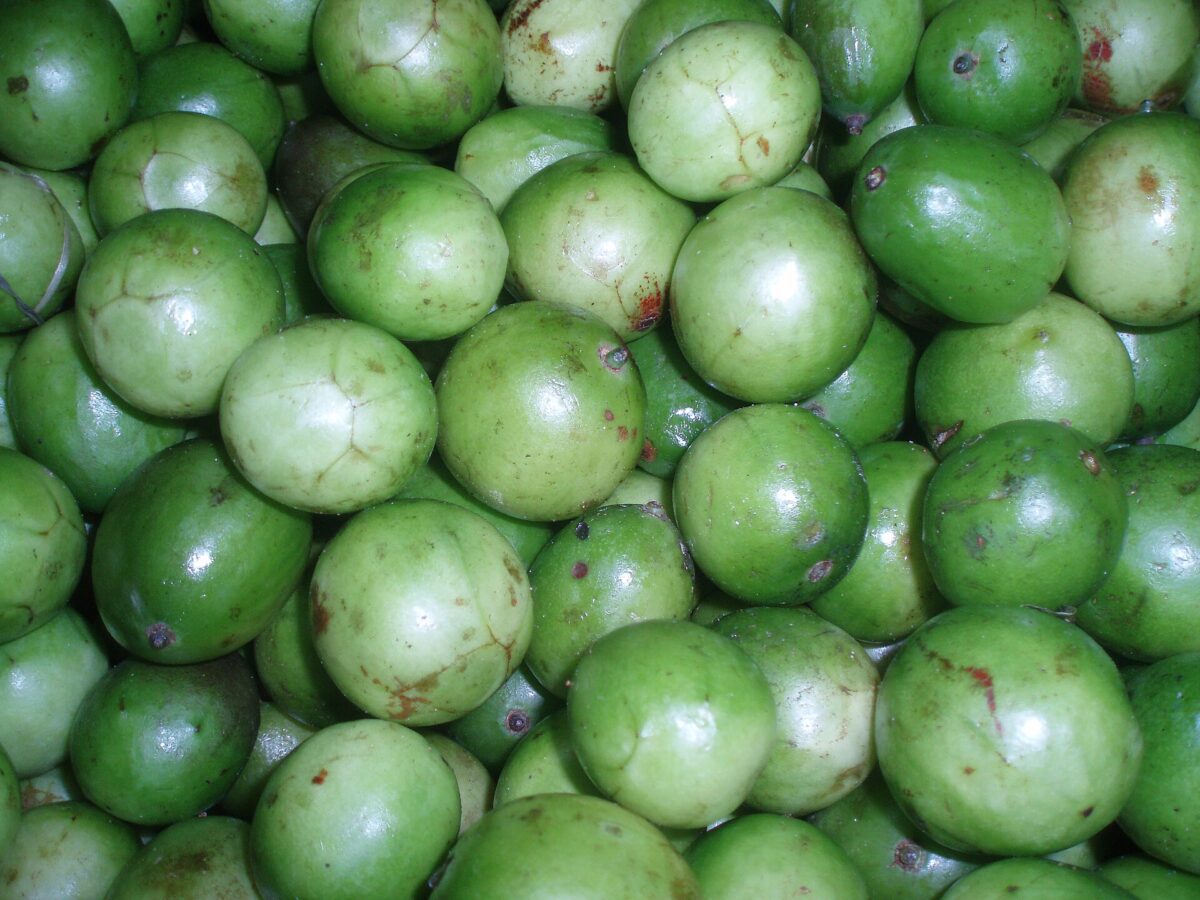
Meats & Proteins
8) Urad Dal (Black Gram)
Urad dal is one of the unsung heroes of Indian cooking. These tiny black beans with creamy white insides form the base of some of India’s most beloved dishes, like dal makhani (a rich, buttery lentil curry) and the batter for idlis and dosas. In South Indian households, soaking and grinding urad dal is a weekly ritual. It’s also packed with protein and considered “warming” in Ayurveda, making it a staple during cooler months.
You can buy it whole (with the black skins on) or split and skinned (white inside). The whole version gives a gorgeous earthy flavor, while the split variety cooks faster and is great for dosa batter.
Texture comparison: Creamy and silky when cooked; whole beans stay intact like lentils, while split ones turn soft and thick.
Recipe link: Dal Makhani
Did You Know? Urad dal is also used to make papadum (crispy Indian crackers) — a favorite in Indian restaurants worldwide.
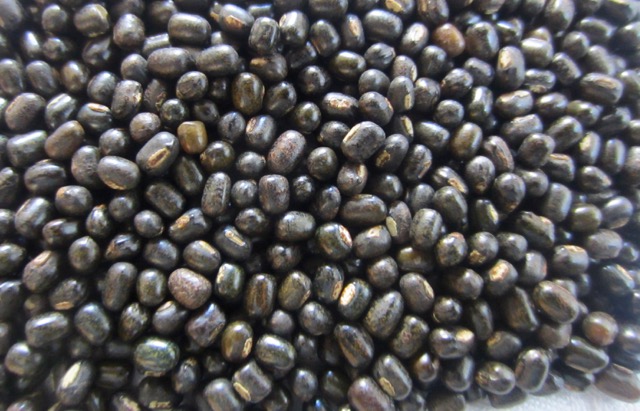
9) Unagi (Japanese Freshwater Eel)
If you’ve ever had sushi, you’ve probably seen unagi on the menu. This freshwater eel is a delicacy in Japan, often grilled over charcoal, brushed with a sweet soy glaze (tare), and served over rice as unadon. It’s rich, savory, and deeply flavorful, with a smoky sweetness from the glaze.
Unagi is traditionally eaten during the Day of the Ox in midsummer, believed to provide stamina during hot weather. It’s so popular that eel farms and specialty restaurants (called unagiya) are a big part of Japanese food culture.
Texture comparison: Firm yet buttery; think salmon but less oily, with a meaty bite.
Recipe link: Unadon (Unagi Rice Bowl)
Did You Know? Wild unagi stocks are declining, making sustainably farmed eel a growing focus for chefs and conservationists.
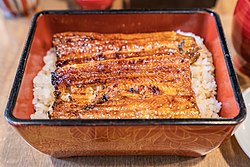
10) Urda Cheese (Eastern Europe)
Urda is a soft whey cheese from Eastern Europe, especially Romania, Serbia, and Hungary. It’s often made by farmers as a way to use up leftover whey from cheesemaking. The result is a light, creamy cheese with a slightly sweet flavor, often eaten fresh or used as a filling for pastries.
It’s a cousin to ricotta, but a bit fluffier and less grainy. If you love cheese blintzes or cannoli filling, urda is right up your alley.
Texture comparison: Soft curds that feel airy and delicate, like whipped ricotta.
Recipe link: Urda
Did You Know? Urda contains more protein and less fat than many cheeses, making it a favorite for athletes in Romania.
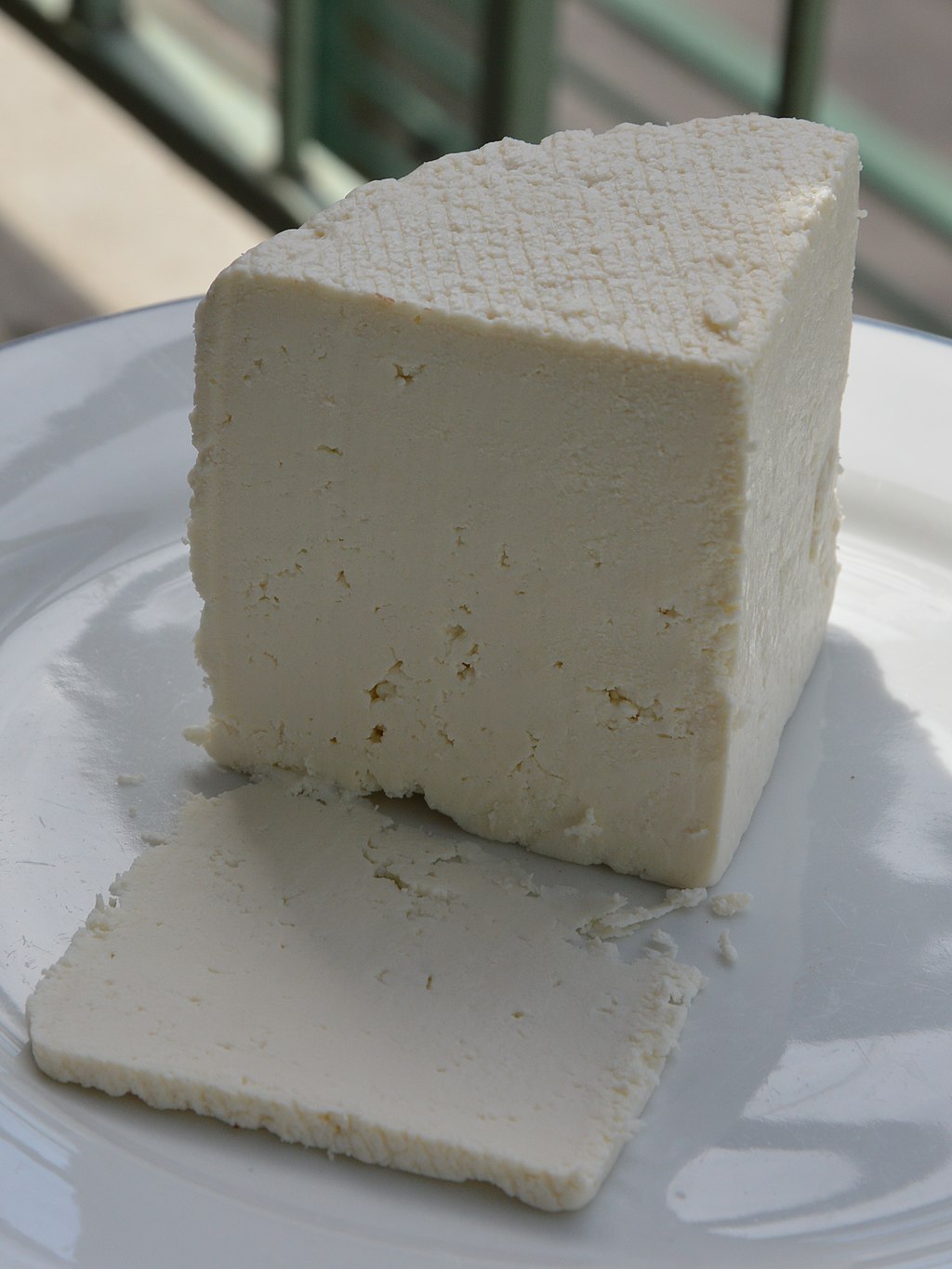
11) Ubriaco (Italian “Drunken” Cheese)
Ubriaco is Italian for “drunk,” and this semi-hard cheese lives up to its name. It’s aged in vats of wine or grape must, soaking up the flavor and aroma. The rind turns a deep purple, and the paste inside becomes creamy and fruity. Ubriaco cheeses are traditionally made in Veneto and pair beautifully with pears, figs, and walnuts.
If you’re building a cheeseboard, this is the centerpiece cheese that’ll have guests talking.
Texture comparison: Semi-hard but creamy; smooth, with a crumbly bite.
Recipe link: Drunken Spaghetti
Did You Know? Ubriaco cheese-making dates back to WWI, when farmers hid cheeses in wine barrels to keep them from being stolen by soldiers.
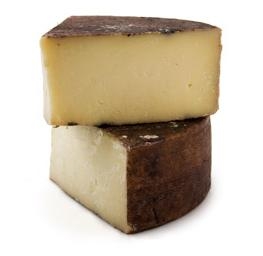
Quick Cheese & Protein Tips
- Urda Swap: Can’t find urda? Use ricotta or farmer’s cheese.
- Ubriaco Pairings: Pair with sparkling wine or port for a perfect cheese course.
- Urad Dal Shortcut: Use a pressure cooker or Instant Pot for perfect creamy dals.
Savoury Meals
12) Ugali (oo-GAH-lee) — East Africa
Ugali is a staple across East Africa, especially in Kenya, Tanzania, and Uganda. It’s made by cooking maize (corn) flour in water until it becomes a thick, dough-like porridge that’s scooped up by hand and used to eat saucy stews or sautéed greens. Ugali is simple, inexpensive, and deeply tied to culture — many families eat it daily.
How to serve it: Tear off a piece with your fingers, roll it into a ball, and use it to scoop curries, meats, or vegetables. Ugali is often paired with sukuma wiki (collard greens) or spicy goat stew.
Texture comparison: Firm, dense, and slightly springy — like very thick polenta.
Recipe link: Kenyan Ugali
Did You Know? Ugali is so central to Kenyan identity that “ugali na sukuma wiki” (ugali with collard greens) is considered the national dish.
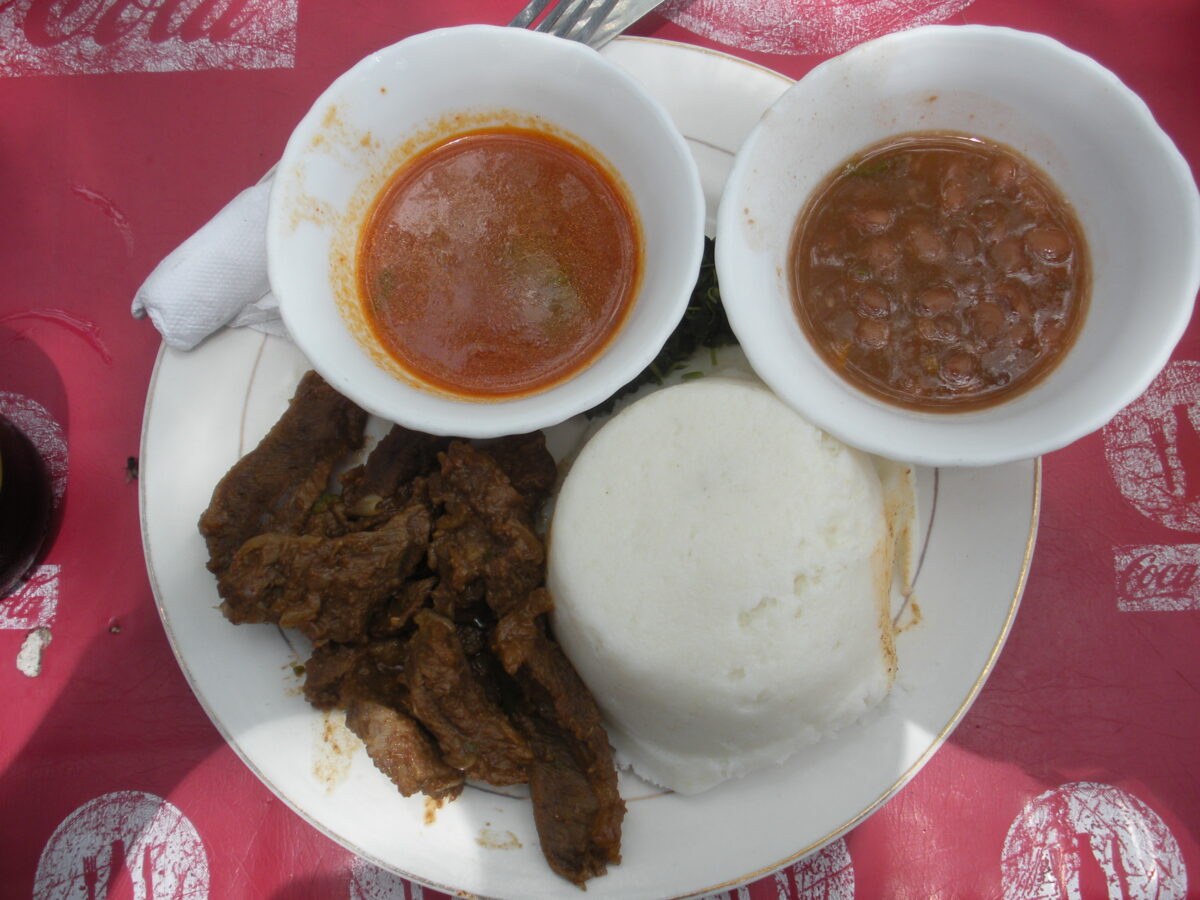
13) Umngqusho (oom-NGOO-shoh) — South Africa
This South African classic is made from samp (cracked maize kernels) and beans simmered until creamy. It’s hearty, inexpensive, and deeply comforting. Nelson Mandela loved this dish so much that it’s often mentioned in stories about his childhood.
How to serve it: With a knob of butter or a drizzle of cream; pair it with stews, roasted meats, or simply enjoy it on its own.
Texture comparison: Thick and chunky, like risotto but with firmer kernels.
Recipe link: Umngqusho
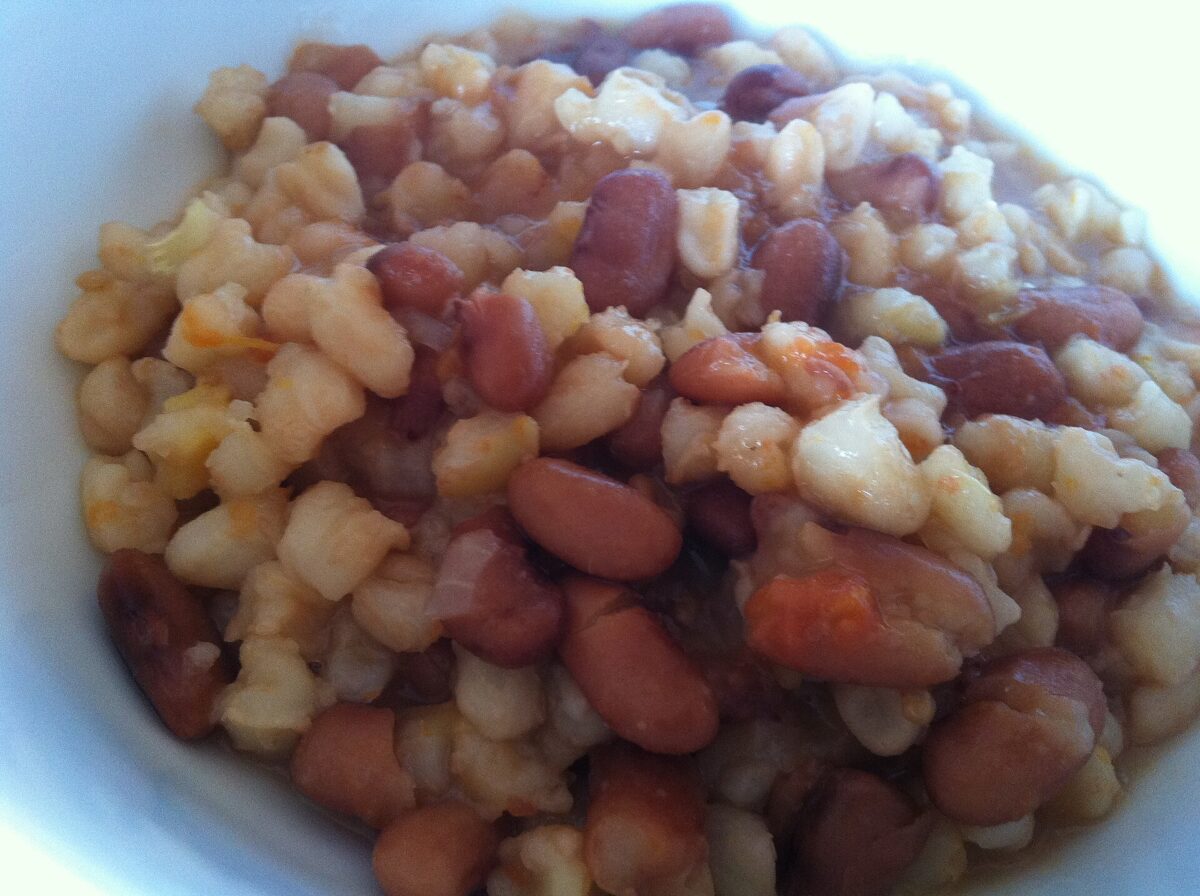
14) Upma (OOP-mah) — India
Upma is a quick, comforting South Indian breakfast made with semolina toasted in ghee, flavored with curry leaves, mustard seeds, and vegetables. It’s wholesome, warm, and easy to customize — add peas, cashews, or even coconut for extra flavor.
Texture comparison: Soft, spoonable, with tiny grains that give it a pleasant bite.
Recipe link: Fluffy Upma
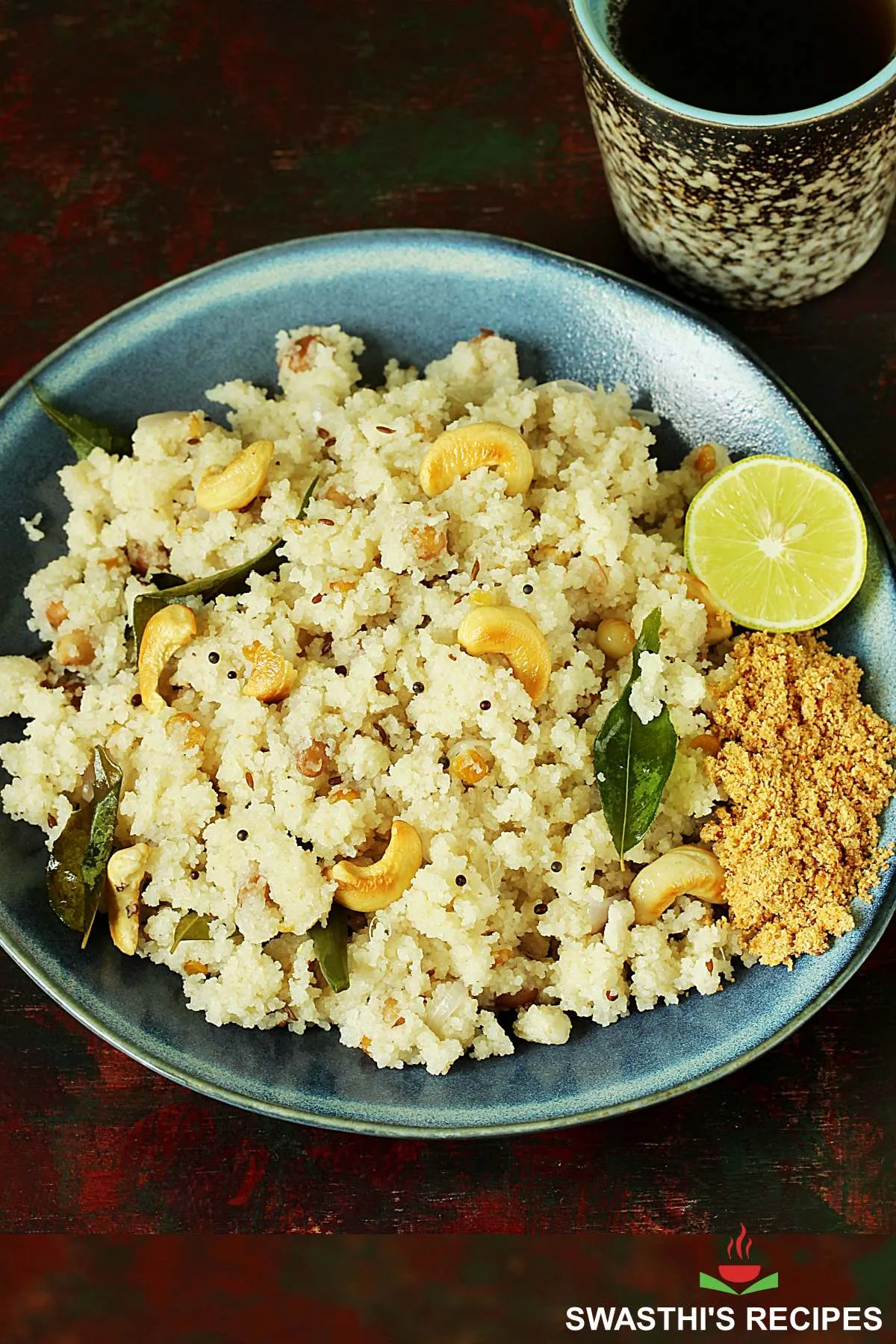
15) Usal (OO-sahl) — Maharashtra, India
Usal is a protein-rich curry made from sprouted legumes like mung beans or moth beans. It’s spicy, tangy, and a nutrition powerhouse, often served with rice or bread.
Texture comparison: Tender sprouts in a slightly soupy curry base, similar to chili but lighter.
Recipe link: Usal Recipe
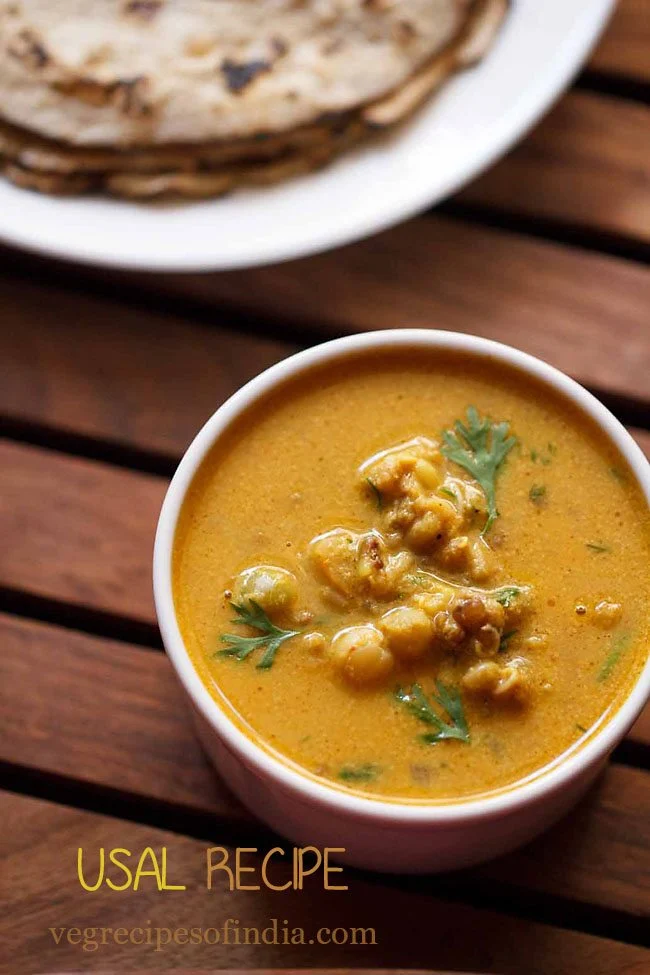
16) Urap (OO-rahp) — Indonesia
This colorful salad combines lightly blanched vegetables with a toasted coconut dressing flavored with garlic, shallots, and chilies. Urap is refreshing and vibrant, often served as a side dish in Indonesian feasts. This is definitely a recipe I would like to try!
Texture comparison: Crunchy vegetables paired with crumbly, nutty coconut topping.
Recipe link: Urap recipe
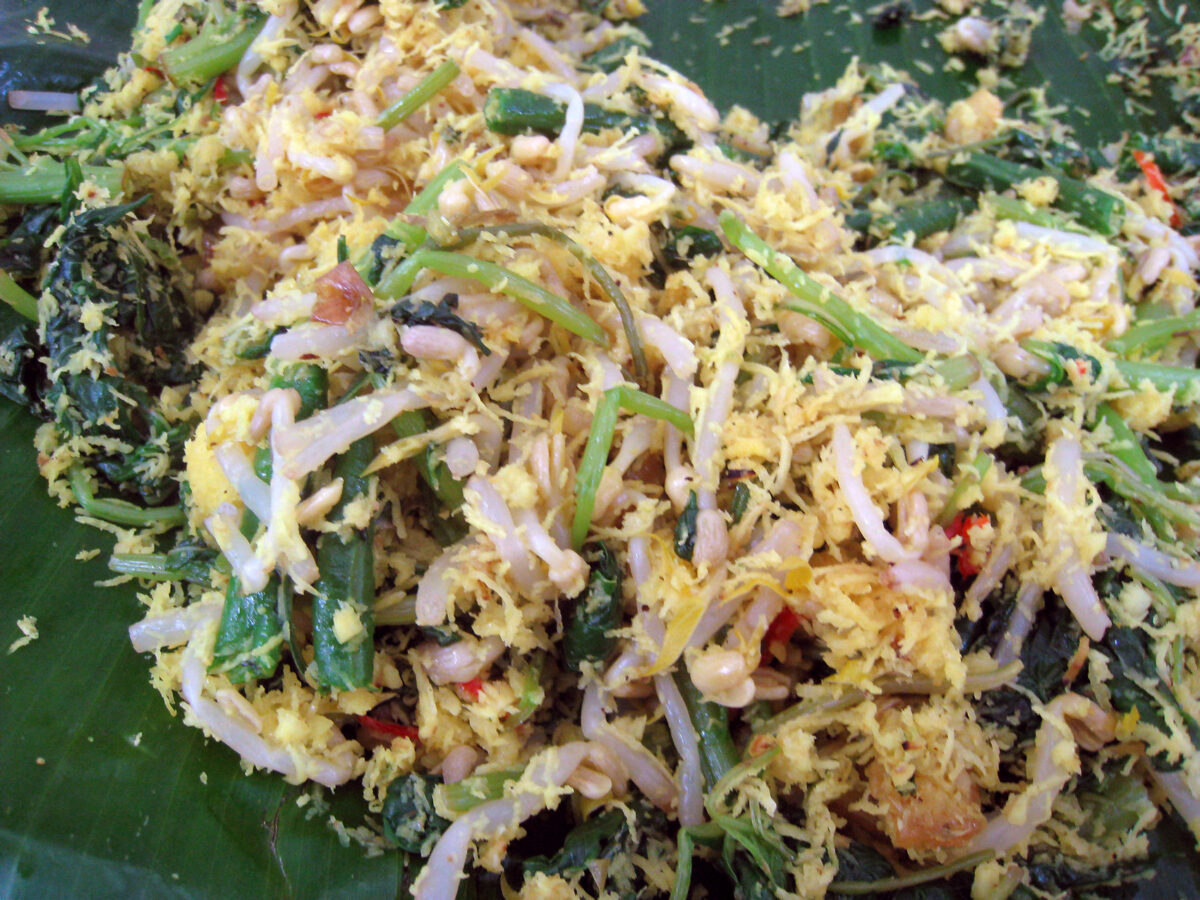
17) Uthappam (OO-tha-pum) — South India
A thick, savory pancake made from fermented rice-and-lentil batter. Topped with onions, tomatoes, and chilies, uthappam is like a dosa’s fluffier cousin — crisp on the edges, soft in the center, and packed with tangy flavor from fermentation.
Texture comparison: Crispy-edged, spongy center; like a savory crumpet meets pizza.
Recipe link: Uthappam
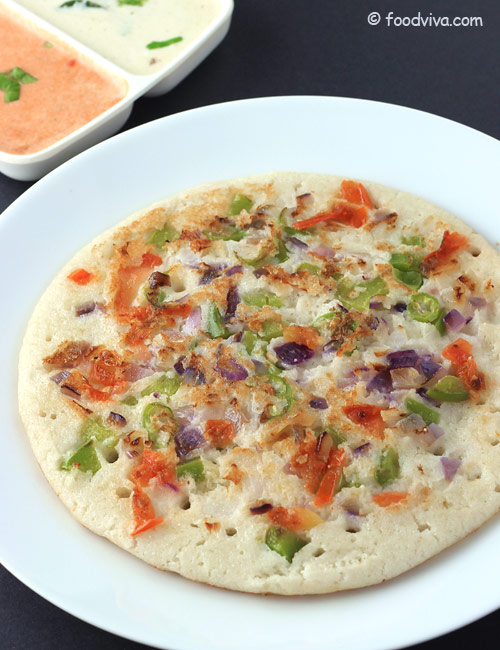
18) Uszka (OOSH-kah) — Poland
These “little ear” dumplings are a Christmas Eve staple in Polish households. Filled with mushrooms and onions, uszka are typically served floating in a clear beet broth called barszcz. These look SO interesting!!!
Texture comparison: Silky, tender dumpling wrappers with earthy, umami filling.
Recipe link: Uszka Dumplings
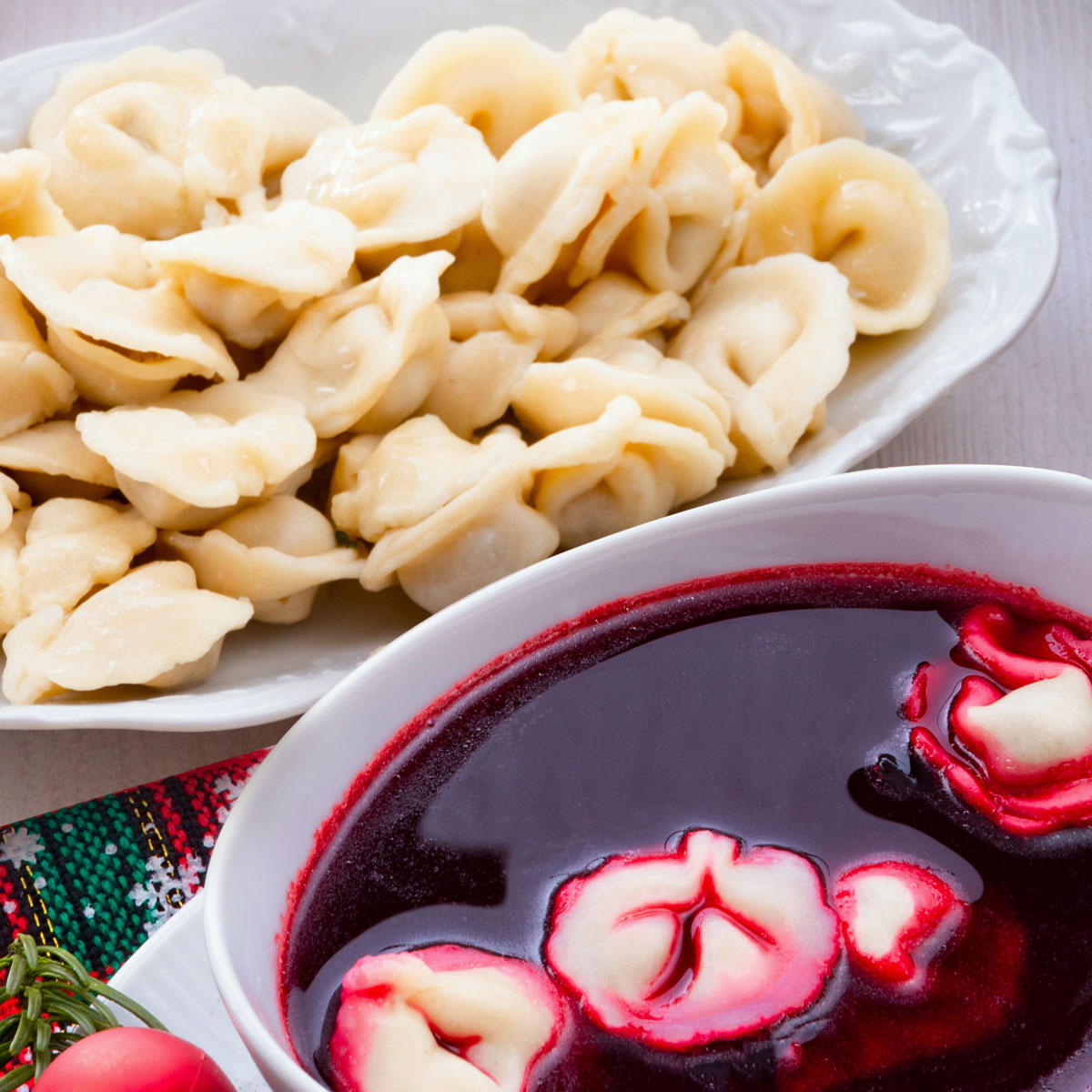
19) Urnabes (OOR-nuh-bess) — Serbia
This fiery cheese spread is a Serbian barbecue essential. Made with feta-like cheese, roasted red peppers, paprika, and chili, it’s smoky, spicy, and tangy. Spread it on flatbread or serve alongside grilled meats.
Texture comparison: Creamy but slightly grainy; like a rustic pimento cheese with heat.
Recipe link: Urnabes Recipe
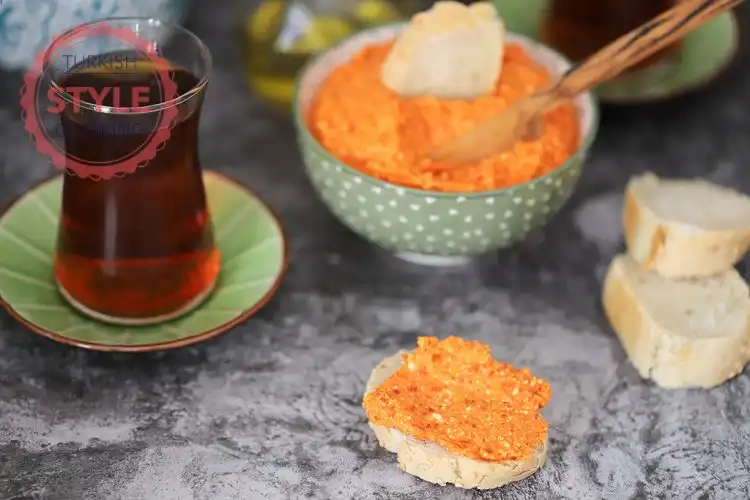
Desserts & Sweet Treats
20) Upside-Down Cake (UHP-sahyd DOUN KAYK) — Worldwide
A dessert classic! Fruit is caramelized at the bottom of the pan, then flipped to create a glossy topping. Pineapple with cherries is iconic, but apples, plums, and peaches are equally dreamy. I still want to make one of these for this recipe blog – just for fun!!
Texture comparison: Moist, tender cake with jammy, sticky fruit on top.
Recipe link: Classic Pineapple Upside-Down Cake
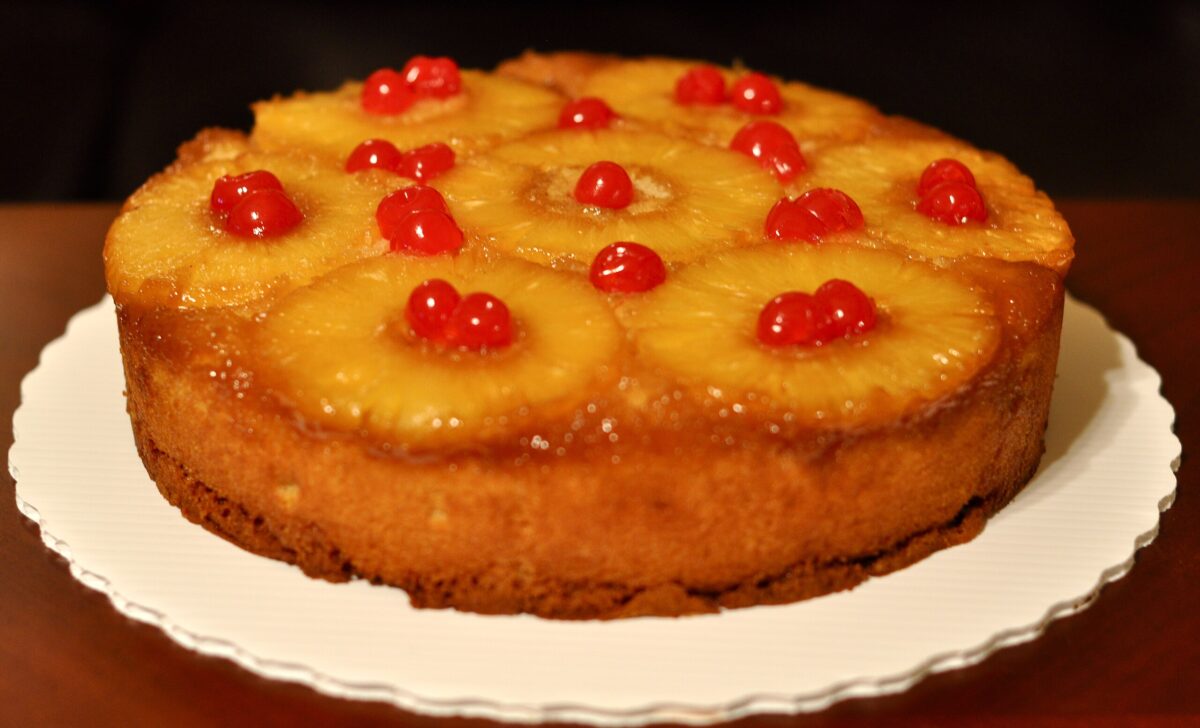
21) Uirō (OO-ee-roh) — Japan
This delicate, steamed rice-flour cake is a specialty of Nagoya. It’s less sweet than mochi and flavored with matcha, yuzu, or red beans. Looks like a candle or soap don’t you think?
Texture comparison: Chewy but less sticky than mochi, with a jelly-like smoothness.
Recipe link: Uiro

22) Utah Scones (YOO-tah SKOHNZ) — USA
Forget British scones — these are deep-fried pillows of dough served with honey butter. They’re like a cross between fry bread and doughnuts and are a staple at Utah community events.
Texture comparison: Crispy outside, soft and airy inside.
Recipe link: Utah Scones

23) Umbuzada (OOM-boo-ZAH-dah) — Brazil
This refreshing drink blends tart umbu fruit with milk and sugar, making a sweet-tangy shake that’s perfect for summer.
Texture comparison: Smooth and creamy like a milkshake, with a citrusy zing.
Recipe link: Umbuzada Drink
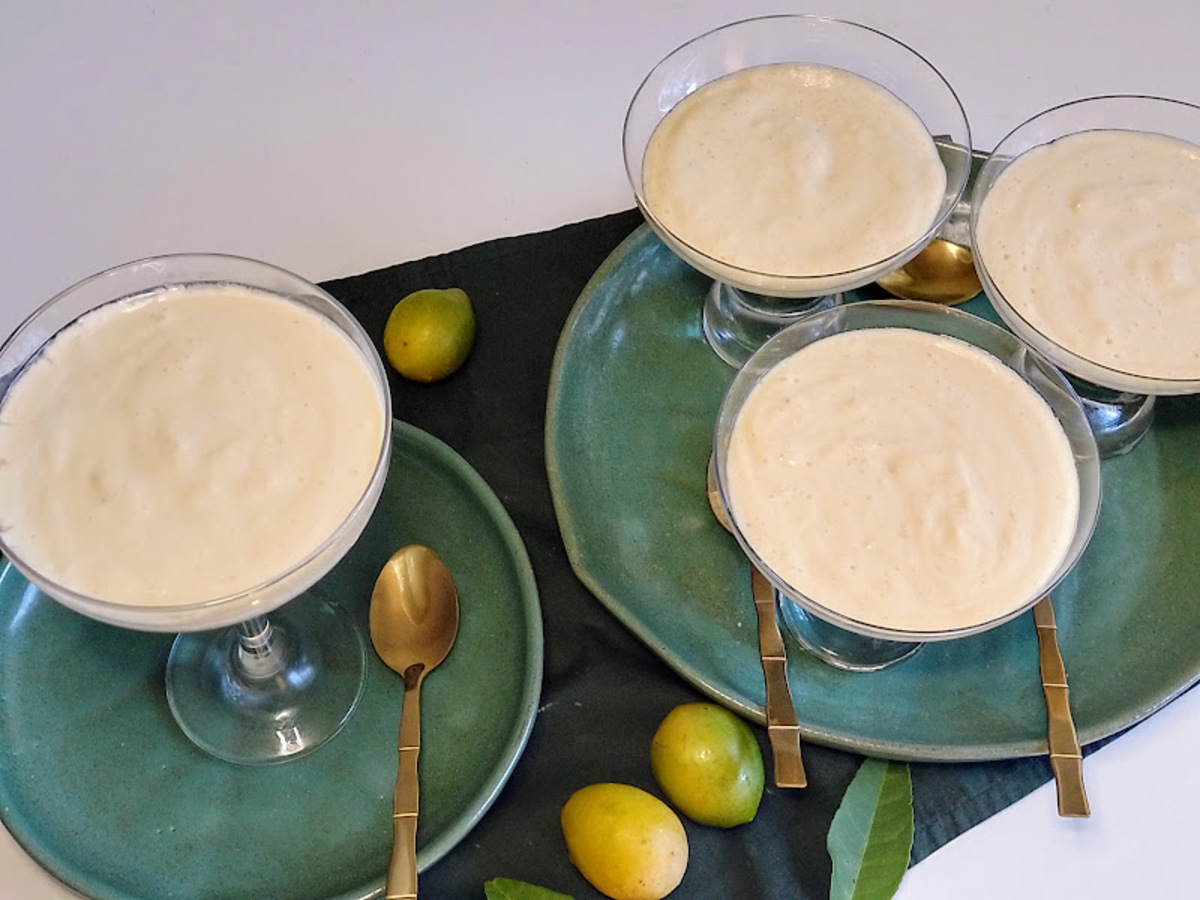
24) Uštipci (OOSH-tip-tsee) — Balkans
These fried dough balls are a comfort food in Serbia, Croatia, and Bosnia. They’re versatile — eat them sweet with jam or savory with cheese.
Texture comparison: Crisp shell, fluffy interior; similar to doughnuts but less sweet.
Recipe link: Ustipci
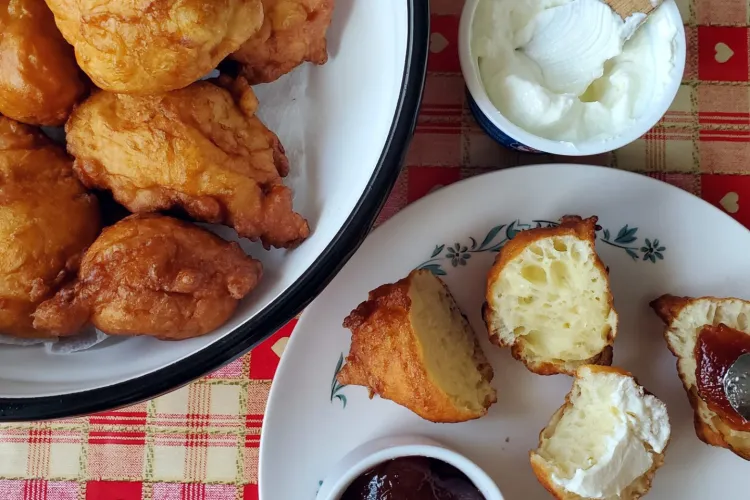
25) Umble Pie (UHM-buhl PIE) — UK, Historic
It refers to an obsolete dish made from the less desirable internal organs, or “umbles,” of a deer, from which the original phrase “to eat (h)umble pie” was derived. The term’s origin lies in Medieval British cuisine, where servants ate the deer “umbles” while the nobility enjoyed the choicest cuts.
Texture comparison: Flaky pastry with rich, savory filling.
Recipe link: Historic Umble Pie
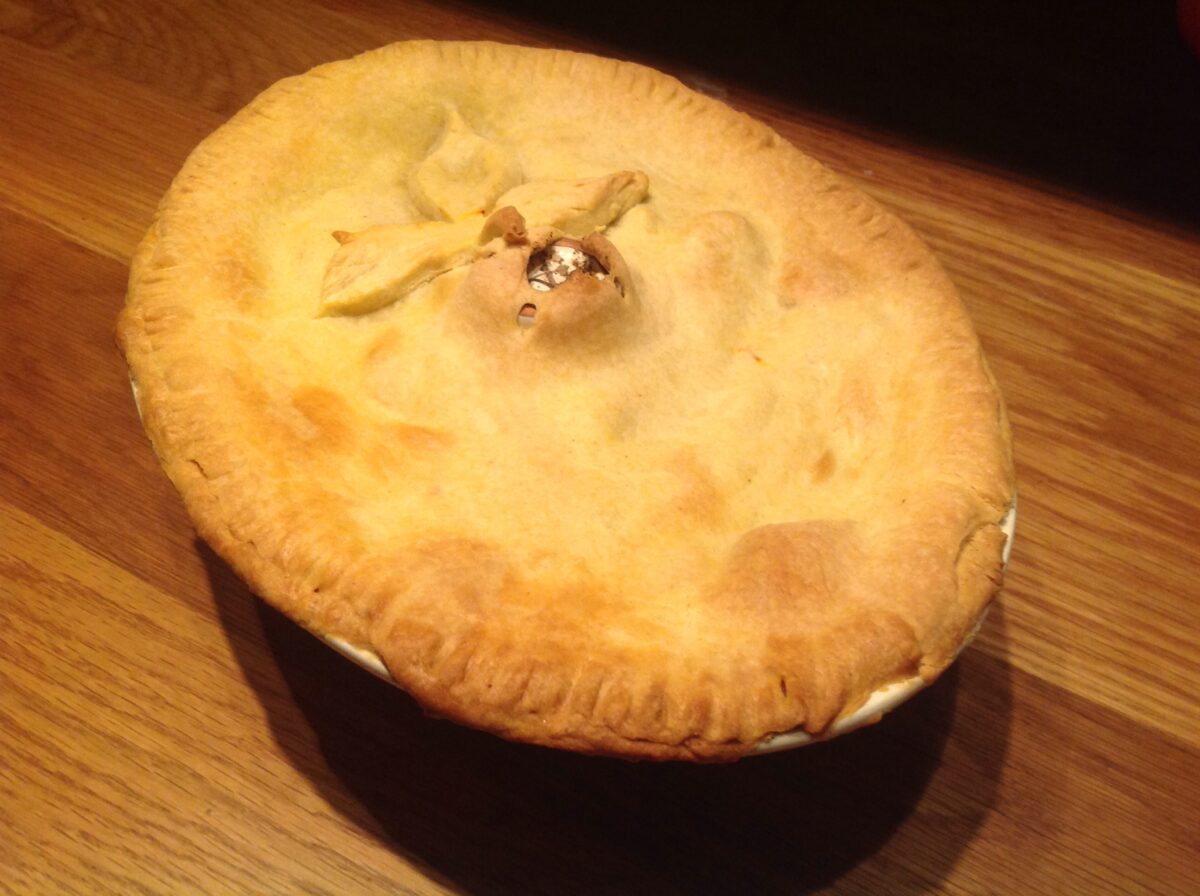
Kid-Friendly Picks vs. Adventurous Eats
- Kid-friendly: Upside-down cake, Utah scones, ube ice cream, ugli fruit, urda cheese.
- Adventurous: Ulluco tubers, umbuzada, unagi, umble pie.
Where to Find These Foods
- Asian grocery stores: Unagi, ube, uthappam batter, urad dal.
- African markets: Uziza leaves, ugali flour.
- Specialty cheese shops: Ubriaco, urda.
- Farmers’ markets: Upland cress, unique fruits like ugli.
This whole post started with one simple question from my son, and it turned into a mini world tour. I discovered vegetables from the Andes, fruit from Brazil, dumplings from Poland, and a cheese so fancy it’s bathed in wine! It made me realize how food connects us across cultures and how fun it is to explore through something as simple as the alphabet.
If you’re feeling inspired, pick one “U” food to try this month. Maybe it’s ube ice cream (always a hit with kids), or you’ll make ugali with a hearty stew, or simply hunt down urfa biber and sprinkle it on everything.
Food is a window into history, tradition, and creativity — and apparently, the letter U has a lot to teach us.


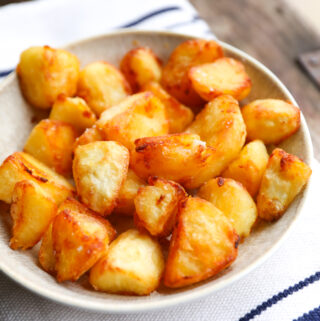

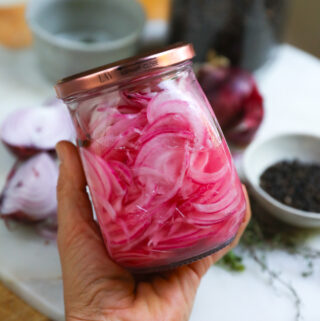
Leave a Reply